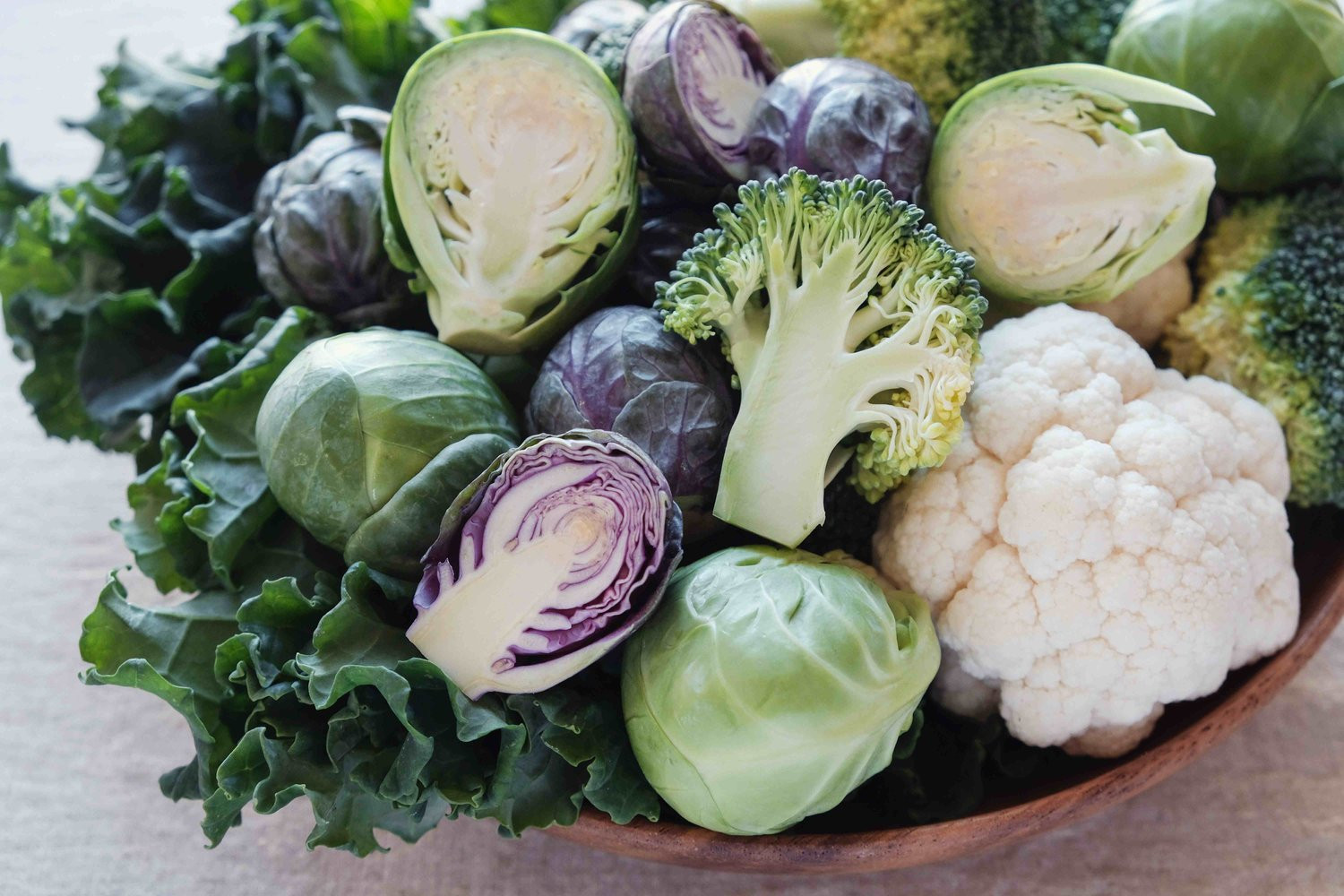
Dive into the hidden world of water quality with "From Faucet to Fabulous" and discover the secrets to transforming your tap water into a health-boosting elixir for ultimate well-being!
Read more...
In today's health landscape, marked by concerns such as the 'quademic' of flu, RSV, COVID-19, and norovirus, as well as a troubling rise in measles cases and the perplexing effects of long COVID, boosting your immune system is more crucial than ever. Fortunately, nature provides a bounty of remedies that can strengthen your natural defenses. A colorful diet rich in fruits and vegetables supplies essential vitamins and antioxidants, while maintaining a healthy gut with fermented foods and prebiotics supports immune function.
Managing stress through meditation or leisurely activities helps conserve your body's energy for combating infections. Quality sleep, often underestimated, is vital as it facilitates immune-related healing processes. Herbal allies like echinacea, elderberry, and garlic offer additional immune-boosting benefits, fortifying your body’s ability to fend off illnesses.
By adopting these naturopathic strategies, you can cultivate a resilient immune system, setting the foundation for sustained health amidst ongoing challenges. Remember, integrating these simple lifestyle adjustments not only enhances your immunity but also supports overall well-being, empowering you to thrive in this dynamic health environment. Cheers to embracing a natural approach to wellness and achieving a stronger, happier you!
Read more...
During the cooler winter months, many of us find comfort in heavier foods, often neglecting the crisp vegetables we favored in the summer. Yet, the colder season brings with it an abundance of cruciferous vegetables like broccoli, Brussels sprouts, kale, and cabbage, which are not only rich in vitamins, minerals, and fiber but also excellent for boosting our immune system. By incorporating these nutrient-dense vegetables into our winter diets, we can enhance our body's defenses against seasonal colds and even more stubborn viruses, while also reducing inflammation and the risk of certain cancers.
Cruciferous vegetables, belonging to the Brassicaceae family, are celebrated for their diverse health benefits, offering everything from high levels of vitamin C to cancer-fighting properties. Among the most familiar are broccoli, known for its high vitamin content, and cauliflower, versatile enough to be used as a rice substitute or mashed like potatoes. Others, like kale and Brussels sprouts, offer a range of nutrients and flavors that can be easily incorporated into various recipes, serving as testament to their versatility and nutritional power.
Integrating such vegetables into one's diet not only promises to bolster health during the demanding winter months but also adds variety to the dinner table with a range of flavors and textures. Whether you prefer your veggies roasted, sautéed, blended, or raw, the cruciferous family offers something for every palate, redefining comfort food in a way that is both delicious and nutritious. These powerhouse veggies are a testament to how winter meals can be both hearty and healthful, challenging the notion of what constitutes comfort food during the chilliest time of the year.
Read more...




